
A strong atmospheric river moving into northern California later Tuesday will bring a threat for moderate to heavy rainfall and flooding, gusty to high winds, and mountain snows for parts of the Northwest U.S. through at least Wednesday. Gusty winds and isolated rain and snow showers will continue in the Northeast U.S. Tuesday behind a cold front. Read More >

Current precipitation and drought condition information for Oklahoma can be found through the Oklahoma Climatological Survey web site.
|
Total Precipitation
|
Normal Precipitation
|
|---|---|
 |
 |
|
Departure
|
Percentage Normal
|
 |
 |
The Palmer Index was developed in the 1960s and uses temperature and rainfall information in a formula to determine dryness. The Palmer Index is most effective in determining long term drought (a matter of several months) and is not as good with short-term forecasts (a matter of weeks). Click on the image to enlarge.
The Palmer Index uses a 0 as normal, and drought is shown in terms of minus numbers; for example, minus 2 is moderate drought, minus 3 is severe drought, and minus 4 is extreme drought. The Palmer Index can also reflect excess rain using a corresponding level reflected by plus figures; i.e., 0 is normal, plus 2 is moderate rainfall, etc.
The advantage of the Palmer Index is that it is standardized to local climate, so it can be applied to any part of the country to demonstrate relative drought or rainfall conditions. The negative is that it is not as good for short term forecasts, and is not particularly useful in calculating supplies of water locked up in snow, so it works best east of the Continental Divide.
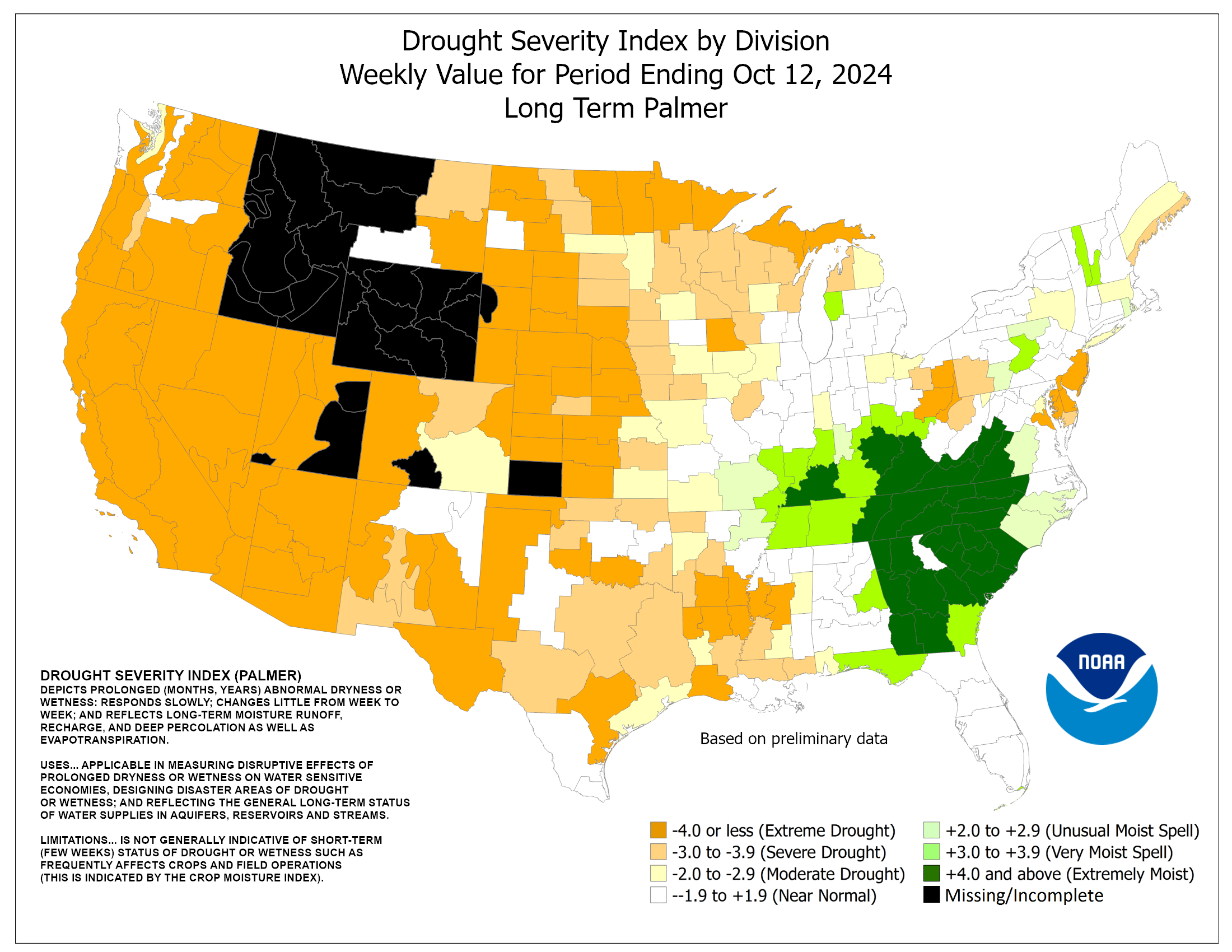
Drought indices by climatic division often average out much of the variance within a region. The images below show the Keetch-Byram Drought Index for all the counties of Oklahoma and Texas. Click on the image to enlarge.

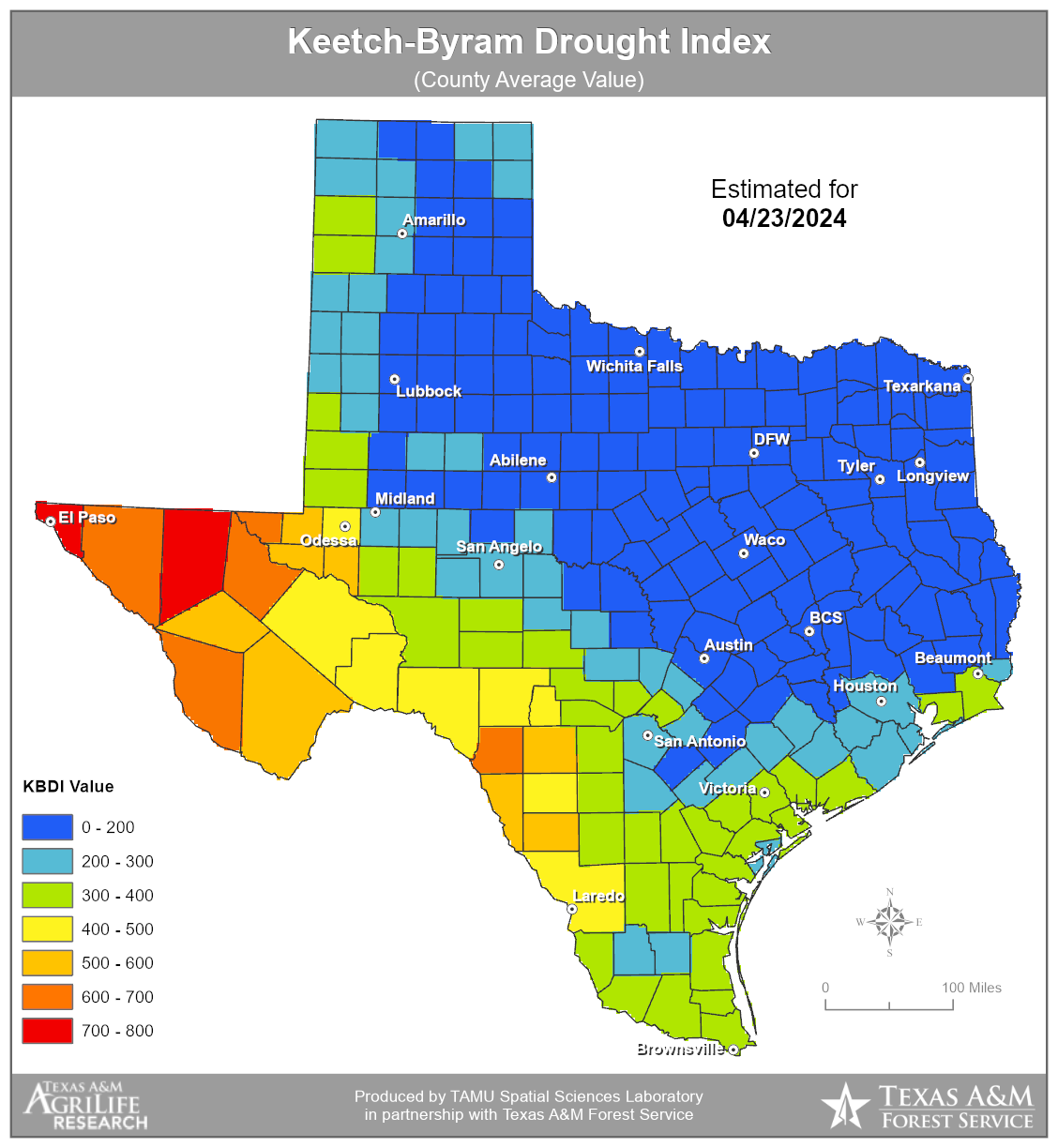
Drought severity is inherently linked to the impacts of the drought. Such impacts include agricultural issues, hydrologic deficits, increased fire danger, and other economic and social consequences. These impacts are not easily quantified with simple statistics.
The National Drought Mitigation Center developed the Drought Impact Reporter as a database for reported drought impacts. The impacts are classified by category, with the number of reports emphasizing a drought's significance without attributing specific statistics to the reports. (Click on a county of interest for further information.)
Burn Ban Map created by the Oklahoma Forestry Service

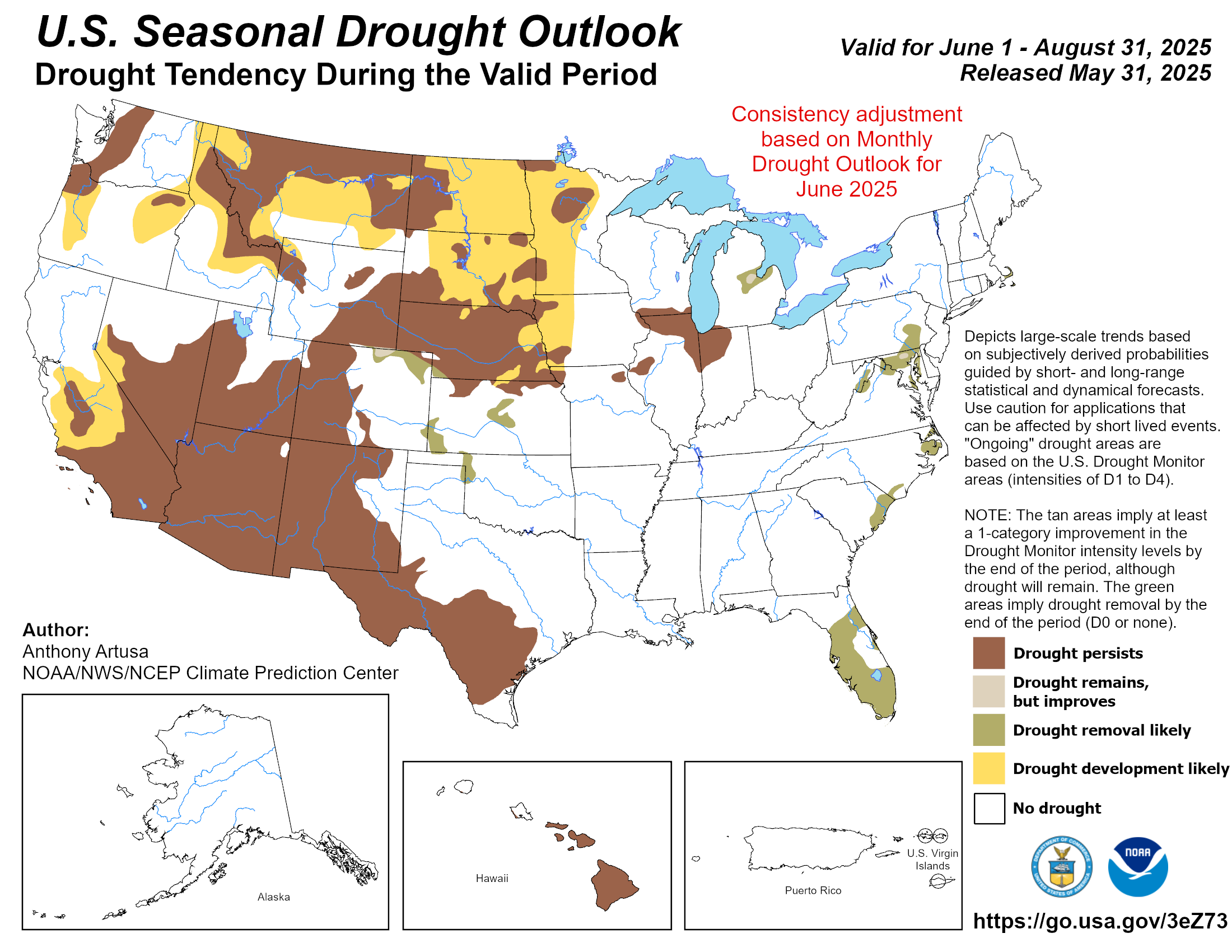
How much rain is needed to get the Palmer Drought Severity Index back to the "near normal" category? Click below to find out.
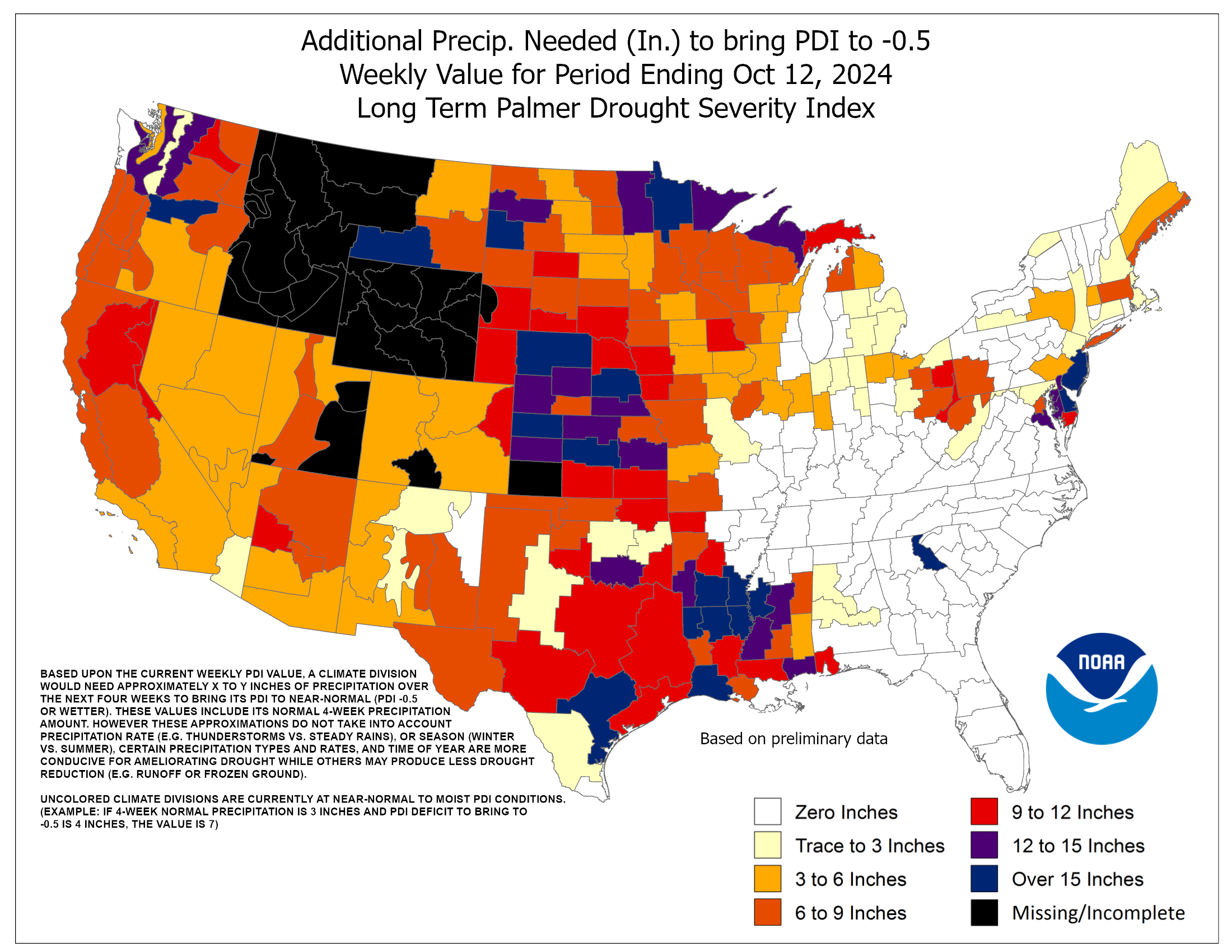
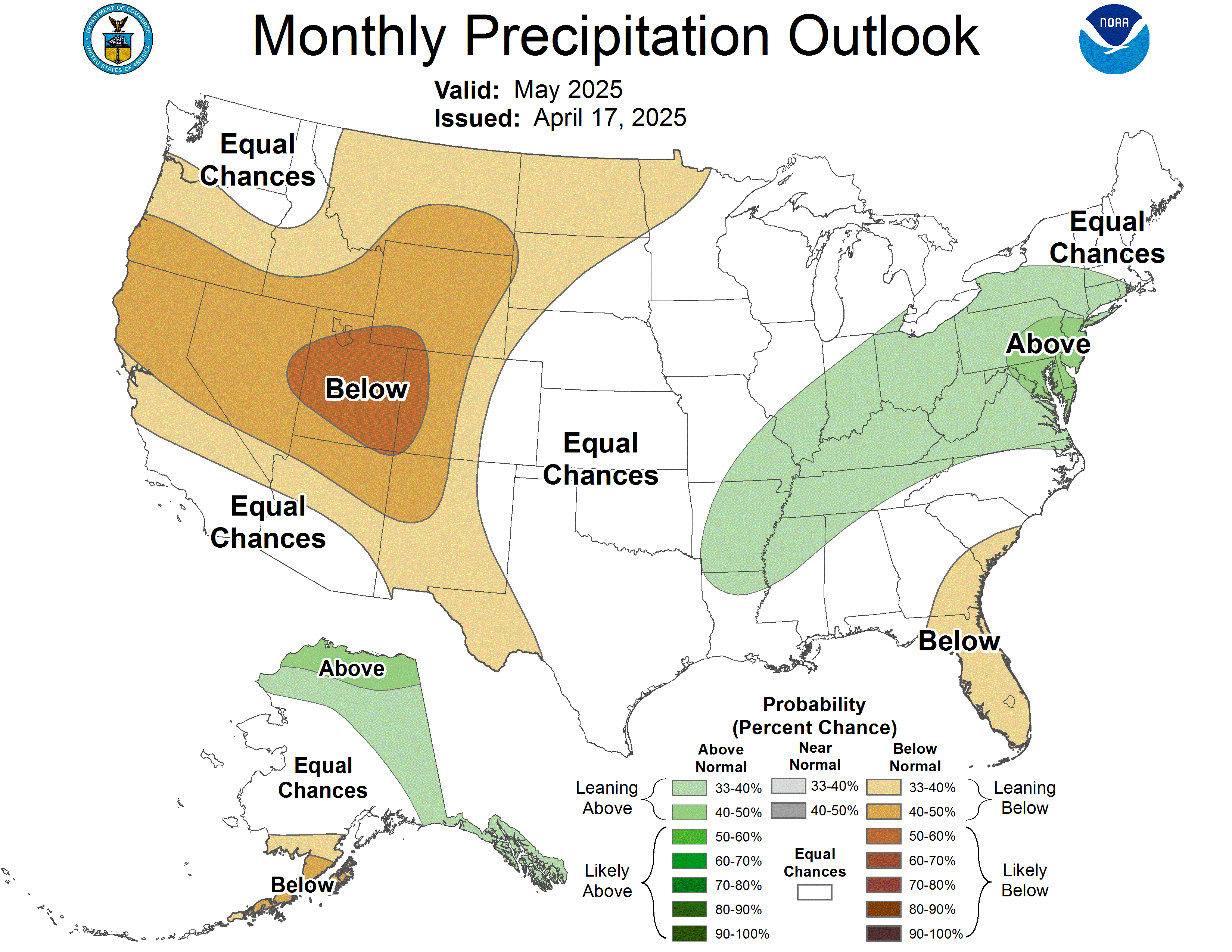
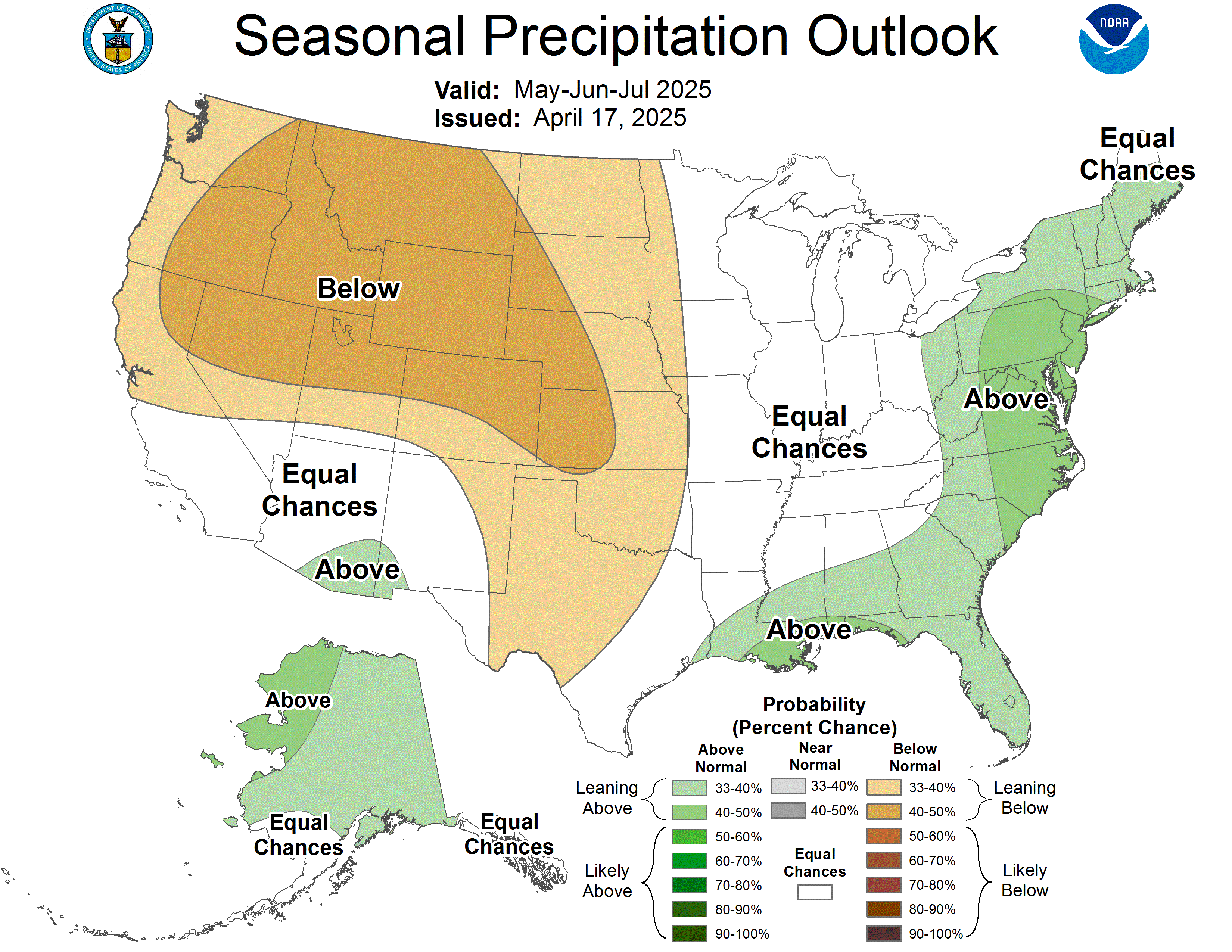
| Top Ten All-time Monthly Temperature Records | ||||||||
|---|---|---|---|---|---|---|---|---|
| Lawton, OK (1912 - Present) | Oklahoma City, OK (1890 - Present) | Wichita Falls, TX (1921 - Present) | ||||||
| Rank | Warmest | Month/Year | Rank | Warmest | Month/Year | Rank | Warmest | Month/Year |
| 1 | 92.3 | July 2011 | 1 | 89.2 | July 2011 | 1 | 93.4 | August 2011 |
| 2 | 92.2 | August 2011 | 2 | 89.0 | August 2011 | 2 | 92.9 | July 2011 |
| 3 | 89.8 | July 1980 | 3 | 88.7 | August 1936 | 3 | 91.9 | July 1980 |
| 4 | 88.9 | August 1943 | 4 (tie) | 88.3 | July 1980 | 4 | 91.1 | August 1952 |
| 5 | 88.5 | July 1998 | 88.3 | July 1934 | 5 | 90.7 | August 1943 | |
| 6 | 88.4 | August 2006 | 6 (tie) | 88.0 | July 1998 | 6 | 90.3 | August 2000 |
| 7 | 88.3 | July 2001 | 88.0 | August 1980 | 7 | 90.0 | July 2001 | |
| 8 | 88.0 | July 1954 | 8 | 87.4 | July 1954 | 8 (tie) | 89.8 | July 1978 |
| 9 | 87.8 | July 2012 | 9 | 87.2 | August 1943 | 89.8 | July 1934 | |
| 10 (tie) | 87.7 | June 2011 | 10 | 87.0 | July 1978 | 10 | 89.5 | June 2011 |
| 87.7 | August 1952 | |||||||
| 87.7 | July 1925 | |||||||
| Longest Streaks Without Precipitation for Lawton, OK | |||
|---|---|---|---|
| Rank | # of Days | Date Range | |
| 1 | 103 | September 21, 1950 - January 1, 1951 | |
| 2 | 88 | November 1, 2005 - January 27, 2006 | |
| 3 | 76 | January 2, 1996 - March 17, 1996 | |
| 4 | 64 | June 15, 2001 - August 17, 2001 | |
| 5 | 59 | June 20, 1980 - August 17, 1980 | |
| 6 | 58 | December 5, 1973 - January 31, 1974 | |
| 7 | 57 | December 23, 1913 - February 17, 1914 | |
| 8 (tie) | 56 | June 13, 1998 - August 7, 1998 | |
| 56 | October 6, 1955 - November 30, 1955 | ||
| 10 | 55 | November 8, 1925 - January 1, 1926 | |
| Longest Streaks Without Precipitation for Oklahoma City, OK | |||
|---|---|---|---|
| Rank | # of Days | Date Range | |
| 1 | 68 | October 21, 1910 - December 27, 1910 | |
| 2 | 57 | November 4 - December 30, 2021 | |
| 3 | 56 | October 5, 1955 - November 29, 1955 | |
| 4 | 54 | July 30, 2000 - September 21, 2000 | |
| 5 | 53 | December 7, 1922 - January 28, 1923 | |
| 6 (tie) | 50 | December 14, 1985 - February 1, 1986 | |
| 50 | December 2, 1955 - January 20, 1956 | ||
| 8 | 47 | September 23, 1952 - November 8, 1952 | |
| 9 (tie) | 44 | September 30, 1958 - November 12, 1958 | |
| 44 | July 2, 1913 - August 14, 1913 | ||
| Longest Streaks Without Precipitation for Wichita Falls, TX | |||
|---|---|---|---|
| Rank | # of Days | Date Range | |
| 1 | 75 | December 19, 1913 - March 3, 1914 | |
| 2 | 72 | May 31, 2001 - August 10, 2001 | |
| 3 | 71 | November 1, 1904 - January 10, 1905 | |
| 4 | 66 | September 7, 1901 - November 11, 1901 | |
| 5 | 65 | June 30, 1943 - September 2, 1943 | |
| 6 | 62 | October 4, 1950 - December 4, 1950 | |
| 7 (tie) | 59 | January 2, 1996 - March 16, 1996 | |
| 59 | July 6, 1936 - September 2, 1936 | ||
| 9 (tie) | 55 | June 15, 2011 - August 8, 2011 | |
| 55 | August 20, 1956 - October 13, 1956 | ||
| 55 | October 6, 1955 - November 29, 1955 | ||